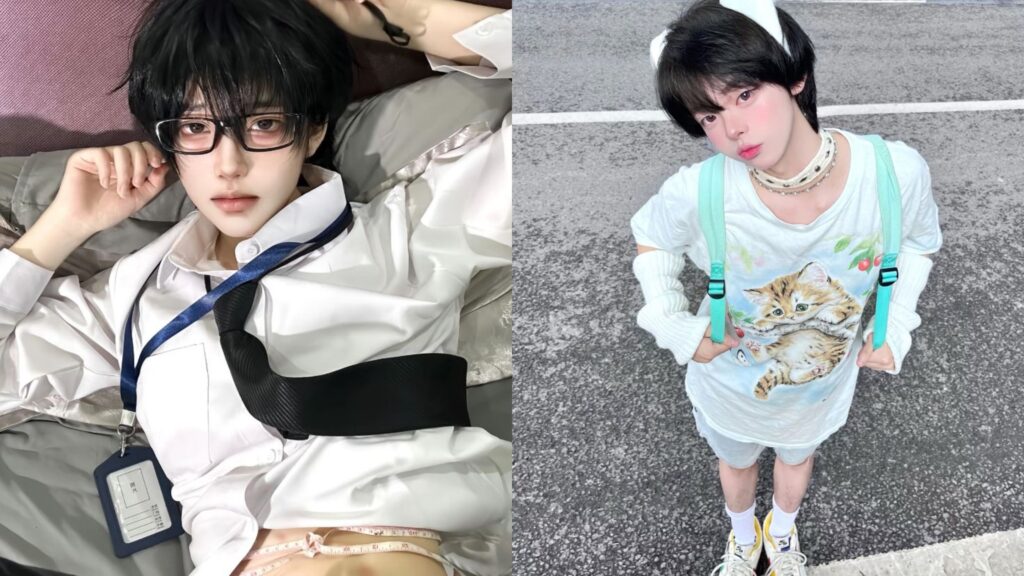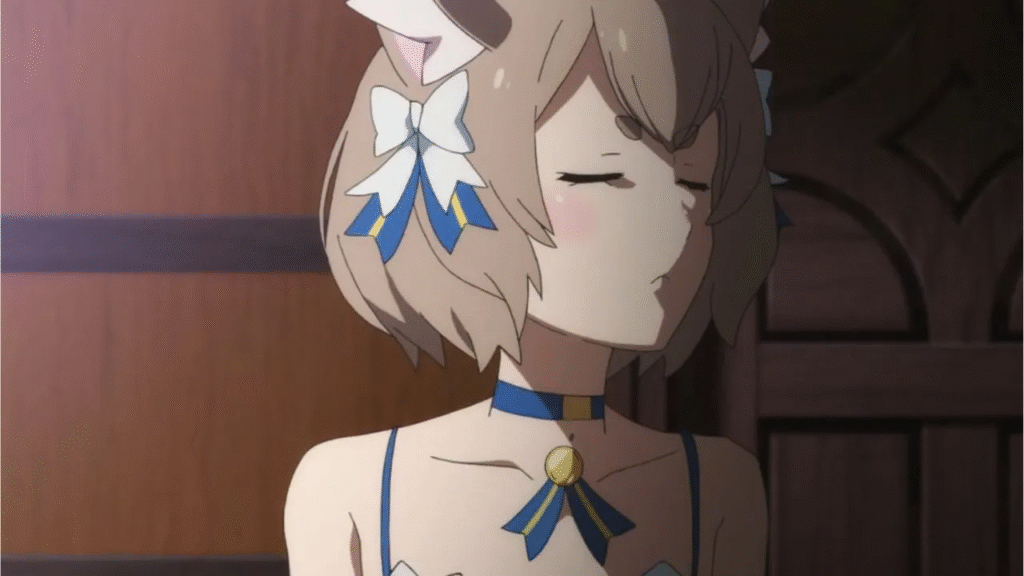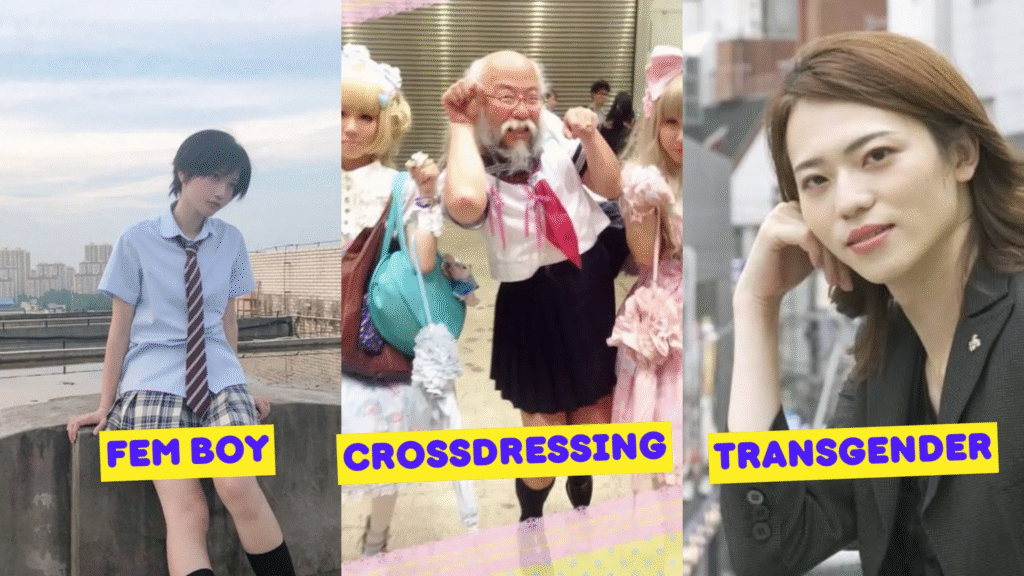Femboys are hugely popular on social media these days, which begs the question: what is femboy culture like in Japan, and what are Japanese femboys? This article will attempt to answer this question, and we assume that you are already familiar with what a femboy is as a concept.
What Is a Japanese Femboy?

A Japanese femboy is basically what it says: a femboy from Japan. While femboy culture is often influenced by Japanese pop culture, there are certain aspects that set Japanese femboys apart from femboys elsewhere. What are the characteristics of femboys elsewhere that distinguish them from the femboys of Japan? This is apparently beyond the scope of this article.
However, it is arguable that there are aspects of femboy culture that can be traced back hundreds of years in Japan, and this culminated in what is now the Japanese equivalent of the word femboy: otokonoko. So what is that? Where did it come from, and what does it mean?
@noxe_zx please don't get bored cause I keep posting about him~ #femboy #bl #boysloveboys ♬ Sugar On My Tongue – Tyler, The Creator
The History of Otokonoko Culture

Men wearing women’s clothing has been a part of Japanese history for centuries. The term onnagata or oyama (女形) has long been used as a term for men who dress in women’s clothing specifically for kabuki, which became a men’s artform shortly after it was established.
The concept of boys who were as beautiful as women became popular among many, and some of the actors had a job on the side (or on the bottom, as the case may be) as sex workers, known as wakashudo.
In the late 20th Century, largely thanks to Internet culture, those who identified as men (regardless of sexuality) become known as otokonoko. While this would typically mean “young man” or “boy” (男の子, literally “child man”), in this instance it is written 男の娘, which translates to “man daughter.” It’s a bit of wordplay that is enunciated to mean “boy” while the written form clearly alludes to the feminine.
Japanese Femboys in Fashion and Media

The anime-inspired ultra-feminine fashion that has not only inspired outlets such as maid cafes in Japan but also fashion across the world has made a huge impact on femboy culture and fashion in Japan and across the world.
When one thinks of “femboys,” often one will think of a hyper-feminized style of dress, with frills, stockings, and charming make-up. This otokonoko style has inspired femboys across the world, and you’ll find such aesthetics on platforms like TikTok a lot. However, just as with anyone, many femboys don’t necessarily want to spend hours getting dressed every day, so you will often find femboys — even in Japan — who “dress down” in regular skirts and tops. Femboys come in all varieties, so try not to have any expectations if you meet one.
@tokyo_sims For the world
♬ original sound – tokyo_sims
Femboy vs Crossdressing vs Transgender Identity

One thing that those unacquainted with the scene might be wondering is… if a femboy is a man dressed in women’s clothing, how does that differentiate them from your common or garden crossdresser? And how does that vary from someone who is transgender?
Well, let’s get the obvious one out of the way: someone who is transgender is someone whose identity does not match the one that was assigned to them at birth. This obviously has nothing to do with femboys, who identify as men, but express themselves in a feminine manner and with feminine dress.
While all femboys are, in a sense, crossdressers, crossdressing is a far broader category. Femboys are typically (though not exclusively) considered to be younger, and have slimmer body types. Conversely, crossdressers need not have any particular body type, and — naturally! — don’t need to identify as men.
Where to meet Japanese Femboys
There are a number of places that one can meet femboys in Japan. The most obvious place to start, of course, is Shinjuku Nichome in Tokyo, the nation’s hub of LGBTQ+ culture.
There are also a few specialized cafes where femboys can be found. For example, the cafe and bar NEWTYPE. Find our exclusive experience article on the cafe here!
You can also find a short guide on femboys cafes here!
More Read
And those are the Japanese femboy basics! Whether you’re a guy who likes to hike up your kneesocks, or you’re sort of person who prefers to hang with cool dudes with exceptional style, we hope you’ve enjoyed our short explainer!


